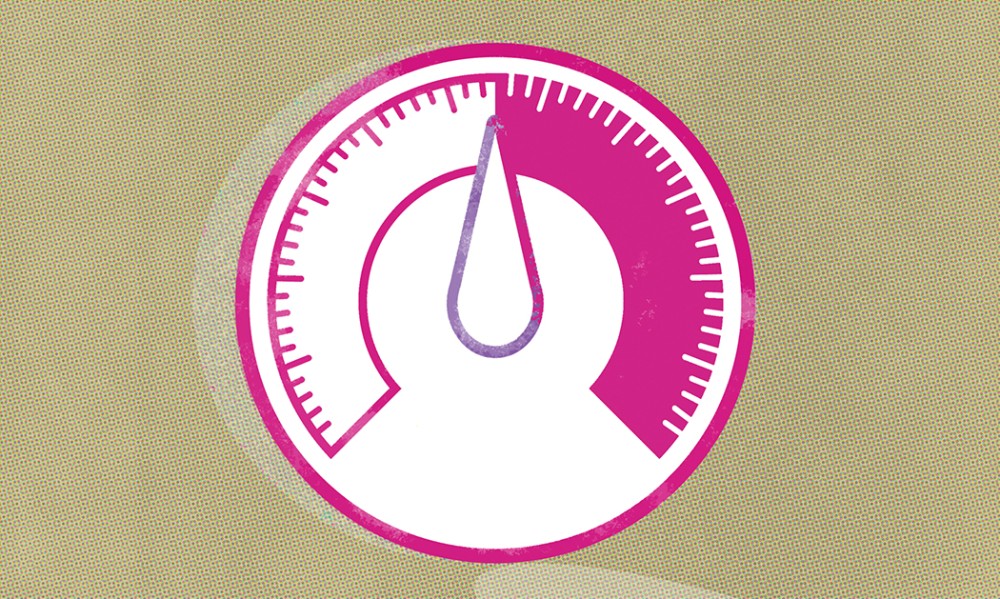Your pastor isn’t as unhealthy as you might think
The clergy are all right—at least, as all right as anyone else is.

Have you heard that 71 percent of pastors are burned out? That 80 percent believe the profession has been harmful to their families? That pastors are leaving the field at the rate of 1,700 a month?
If so, don’t believe it. Although those statistics have circulated widely and have often been used to tout a book about the psychological state of ministers or spark interest in a conference on ministry, they are almost certainly inaccurate. They aren’t backed up by any reputable study.
Some of these alarming statistics were generated over a decade ago by church consultant Richard Krejcir on the basis of clergy conferences that he held in California in 2005 and 2006 for Reformed and evangelical clergy. He surveyed participants in those two years and received results from some 1,050 pastors. In other words, he was working with a small, narrow, and self-selected group of pastors. That was the group in which 71 percent reported they were “constantly fighting depression.”





